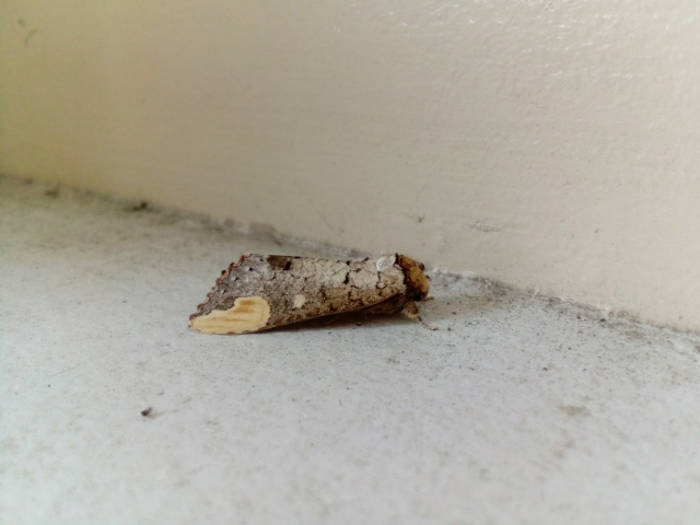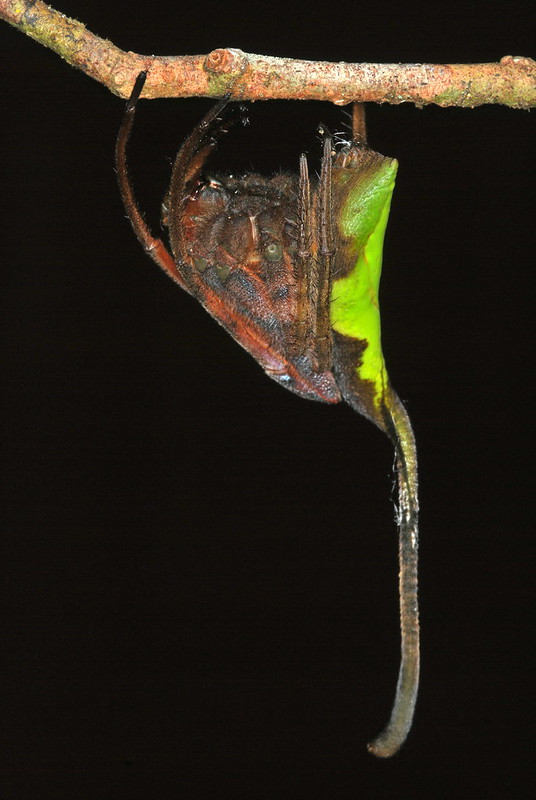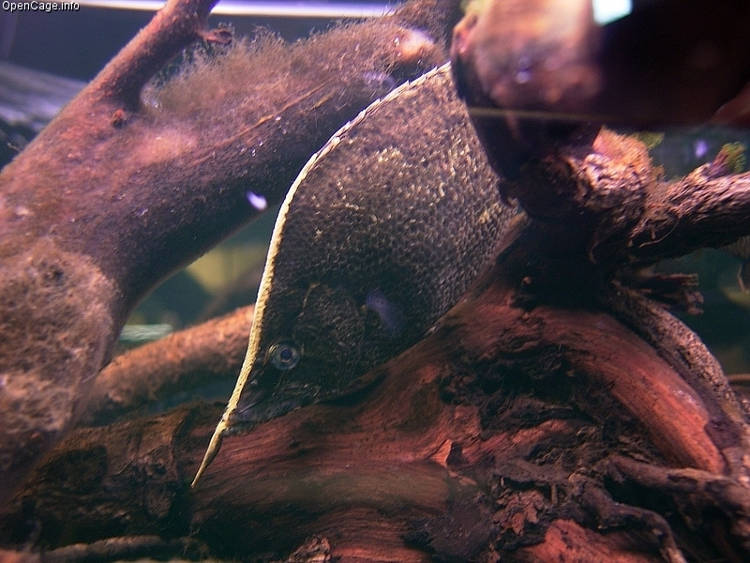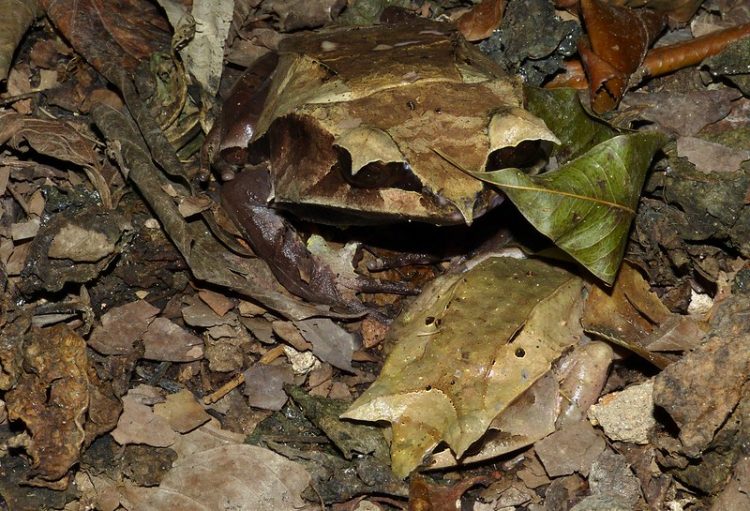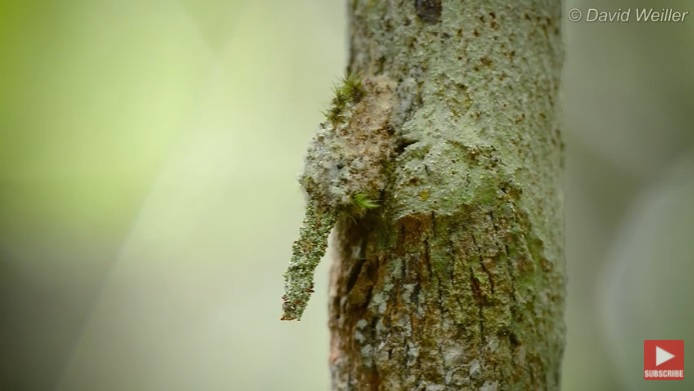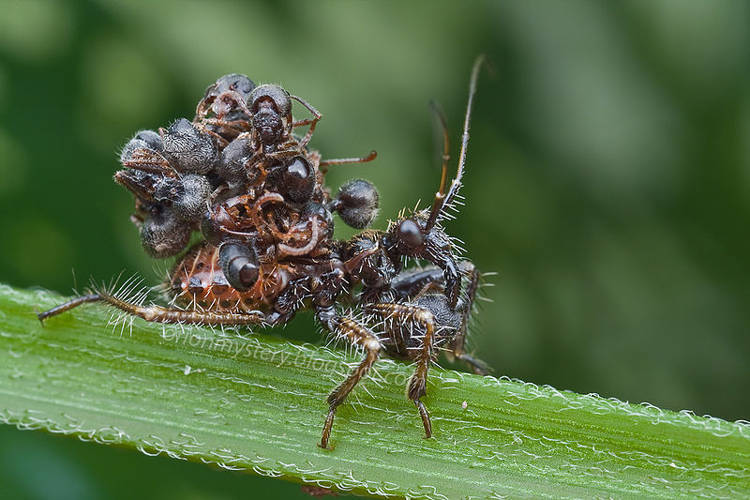Tsumaki Shachihoko is a rare Japanese moth that features impressive natural camouflage which allows it to perfectly mimic small twigs in order to avoid predators.
We’ve always found natural camouflage fascinating here at Oddity Central, and simply searching the term in our search box will yield over a dozen amazing examples of natural mimics. Today we are adding yet another master of camouflage to our ever-growing collection – Tsumaki Shachihoko, a moth found in various forested areas of Japan, where it manages to keep itself safe by mimicking a small twig fragment. Seen from afar, the moth is virtually impossible to tell apart from an actual twig, complete with imperfections such as chipped bark and brownish “broken” ends.

